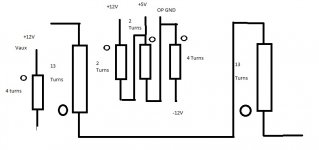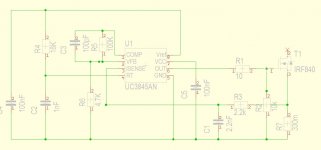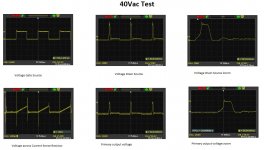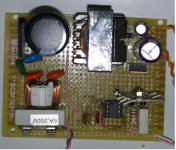zeus_threat
Member
I have a question for anybody who has built low power SMPS before and looking to build a small mains 240V powered prototype that could deliver +-12V @ 1A (24W) based on UC3842 and those EI33 core (I know its too big but i got plenty unused). Which would be better 1 switch forward or flyback? Am still weighing the pros and cons of each.
Forward is annoying with its high voltage switch off stress am estimating a 600V device would be needed but flyback seems to require a gapped core due to saturation problems.
Any help is greatly welcome
P.S: Am not eager to buy a laptop power pack and recoil it i won't learn anything proper this way. Am building this from scratch and i might need to build a few of these for my own use
Thanks
Forward is annoying with its high voltage switch off stress am estimating a 600V device would be needed but flyback seems to require a gapped core due to saturation problems.
Any help is greatly welcome
P.S: Am not eager to buy a laptop power pack and recoil it i won't learn anything proper this way. Am building this from scratch and i might need to build a few of these for my own use
Thanks






